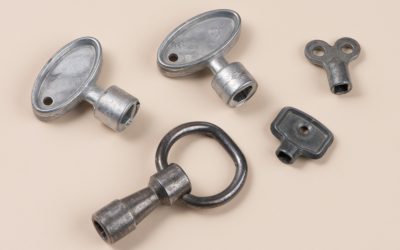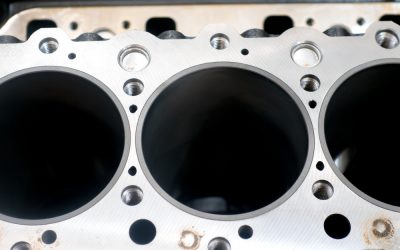If you’re looking for an aluminum alloy that will satisfy the needs of your project, you might find that not every aluminum supplier uses the same naming structure for their alloys. This is particularly evident if you’re looking for aluminum suppliers based in another country.
Why is this, and why doesn’t a universally accepted naming system exist? Well, the truth is that this has been attempted. Ultimately, however, it is difficult to convince countries and organizations to change how they have been doing business for many years, especially as they’ve become familiar with a particular system.
Because of this, it’s beneficial to understand the ways different entities around the world name aluminum alloys. That way, if you’re looking for a specific alloy, you may be able to find it from suppliers that are not using the nomenclature you’re familiar with.
Table of Contents
The Most Popular Aluminum Designations Around the World
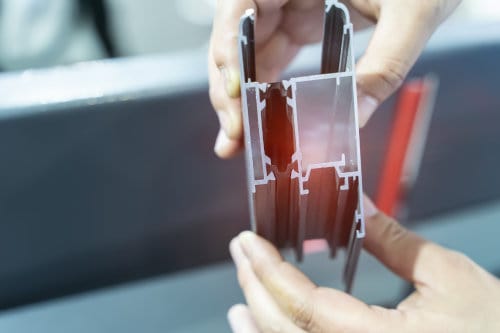
These are some of the most used aluminum alloy designations around the world:
ANSI/AA (The Aluminum Association)
The Aluminum Association (AA) manages this designation system, and it is the most accepted system around the world. The Aluminum Association assigns four digits to each alloy, preceded by the prefix ‘AA.’ This informs the reader about a particular aluminum grade’s main alloying elements and unique characteristics.
For a more in-depth description of this nomenclature system by the AA, review our article on Aluminum Grades: What are the Types of Aluminum, and How Are They Classified?
UNS (Unified Numbering System)
This alloy designation system stands for Unified Numbering System and is a designation system for metals and alloys widely accepted in North America. The format of this system consists of a one-letter prefix, ‘A’ for aluminum, followed by five digits. The digits may be chosen to be similar to other pre-existing designations, or they may provide some information regarding chemical composition.
EN (European Norm)
This designation stands for European Norm. It was an effort by the European Union to unify the already existing designations in some of their member states, such as Great Britain (GB), Germany (DIN), France (NF), and Italy (UNI) among others. The format includes the prefix EN, followed by AC or AW, depending on if the alloy is wrought (AW) or cast (AC). Finally, it is followed by a four-digit code which very closely resembles that of AA.
ISO (International Organization for Standardization)
The International Organization for Standardization created this designation, and it is pretty different from the previous ones. The format includes ‘AL’ as a prefix, followed by the complete chemical composition of the alloy. This naming system is helpful in academia and research but is seldom used in practical endeavors.
Example of the Same Alloy in Different Designations
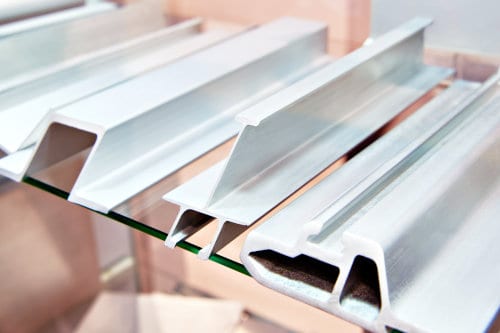
The following table provides an example of some aluminum alloys as they are named in each of the four designations we’ve discussed. This will help you see how these designations compare, and it will help you understand what to look for if you happen to encounter these other naming systems while looking for a specific alloy for your project.
The Same Alloy Designations Across Four Designation Systems
| ANSI/AA | UNS | EN | ISO |
|---|---|---|---|
| AA6061 | A96061 | EN AW-6061 | Al-Mg1SiCu |
| AA6063 | A96063 | EN AW-6063 | Al-Mg0.5Si |
| AA2024 | A92024 | EN AW-2024 | Al-Cu4Mg1 |
| AA7075 | A97075 | EN AW-7075 | Al-Zn6MgCu |
Two of the chosen alloys for this example, AA6061 and AA6063, are some of the most popular alloys for extrusion and are very versatile. The other two alloys, AA2024 and AA7075, are high-strength aluminum alloys and are often used in aerospace applications.
Conclusion
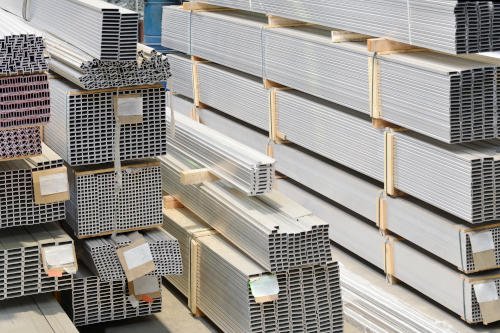
It can be challenging to navigate between different aluminum alloy designations when looking for a specific material. Hopefully, this article helps you understand the various ways in which some of the same alloys are named and which designations you should use when referring to them.
If you’re considering extrusion as a manufacturing method for your current project, you may want to look at our ‘What is Aluminum Extrusion?’ article. It will help you determine whether this method is suitable for you.

